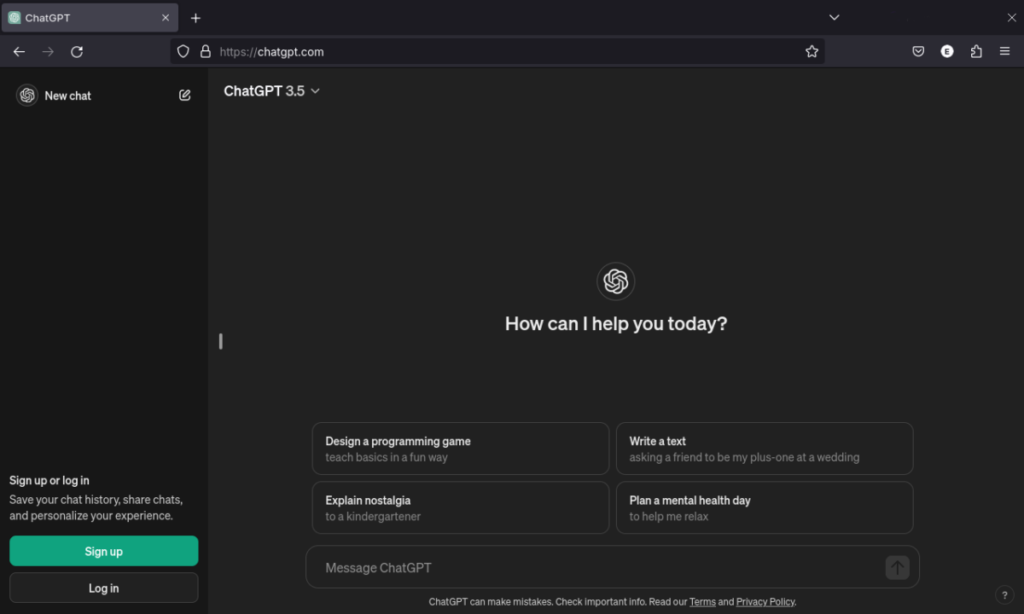An international research group has attempted for the first time to build a perovskite solar cell using ChatGPT. The experiment helped the scientists identify a range of materials for cell composition and the results were cells with higher energy conversion efficiency compared to that of reference cells built without the material suggested by the large language model.
Researchers led by China’s Nankai University investigated ChatGPT’s ability to generate hypotheses for materials science and identify untested molecules capable of reducing surface recombination and thereby increasing the efficiency of perovskite solar cells.
“We’re still not close to the Jarvis system from the Iron Man movies, but we are really getting closer, and what we show in this article is that we are now close enough for the system to actually be useful for generating hypotheses,” said author T. Jesper Jacobsson said pv magazine. “Admittedly, it took a bit of luck, some domain knowledge and asking the right questions, but it still worked.”
To find molecules for surface passivation in hybrid perovskite solar cells with a pin architecture, the group used ChatGPT 3.5, with a data shutdown in September 2021. Comparing their interaction with the chat model to brainstorming, the group said it was an ongoing dialogue and exchange . of questions and answers. For example, among the requests they entered into the large language model (LLM) was information about compounds that were commercially available, or at least easily synthesized, reasonably priced, and not overly toxic.
However, ChatGPT didn’t do everything. The scientists manually checked the overall plausibility of the proposed materials and later checked academic databases to see if they had already been researched. Through this process they identified polyallylamine (PAA).
Image: Nankai University, Cell Reports Physical Science, CC BY 4.0
“PAA is a water-soluble, biodegradable polymer with applications in areas such as medicine, nanoparticle synthesis and heavy metal ion chelation,” the research group explains. “ChatGPT also gave us suggestions for other molecules, but based on price, availability, toxicity, structural similarity to other surface passivations, and a lack of previous reports using PAA for this purpose, we decided that PAA would be an interesting molecule to to use. explore experimentally.”
After a practical experiment, the scientist manufactured 125 devices. The structure of the device followed a standard pin architecture consisting of a soda lime glass/indium tin oxide (SLG/ITO) substrate, a MeO-2PACz hole transport layer, a PCBM-60/BCP electron transport layer, and silver metal contact. The absorber was based on a triple cation Cs0.05FA0.91MA0.04PbBr0.15I2.85 perovskite with a band gap of 1.54 eV.
A thin layer of PAA was deposited on the perovskite film by spin coating before deposition of the PCBM layer. In some experiments the PAA solution was 0.015% in isopropyl alcohol (IPA), while in others it was 0.025% or 0.05%. Control samples without PAA treatment were also prepared.
“Average device performance increased by approximately 2 percent per unit, with a peak performance of 22.75%,” the researchers said. “This outcome provides a compelling demonstration of the value inherent in human-AI collaboration.”
The results are presented in “Using ChatGPT to Generate Experimentally Testable Hypotheses for Improving Surface Passivation of Perovskite Solar Cells,” published in Cell reports natural sciences. The team included scientists from China’s Nankai University and Sweden’s Linköping University.
This content is copyrighted and may not be reused. If you would like to collaborate with us and reuse some of our content, please contact: editors@pv-magazine.com.

